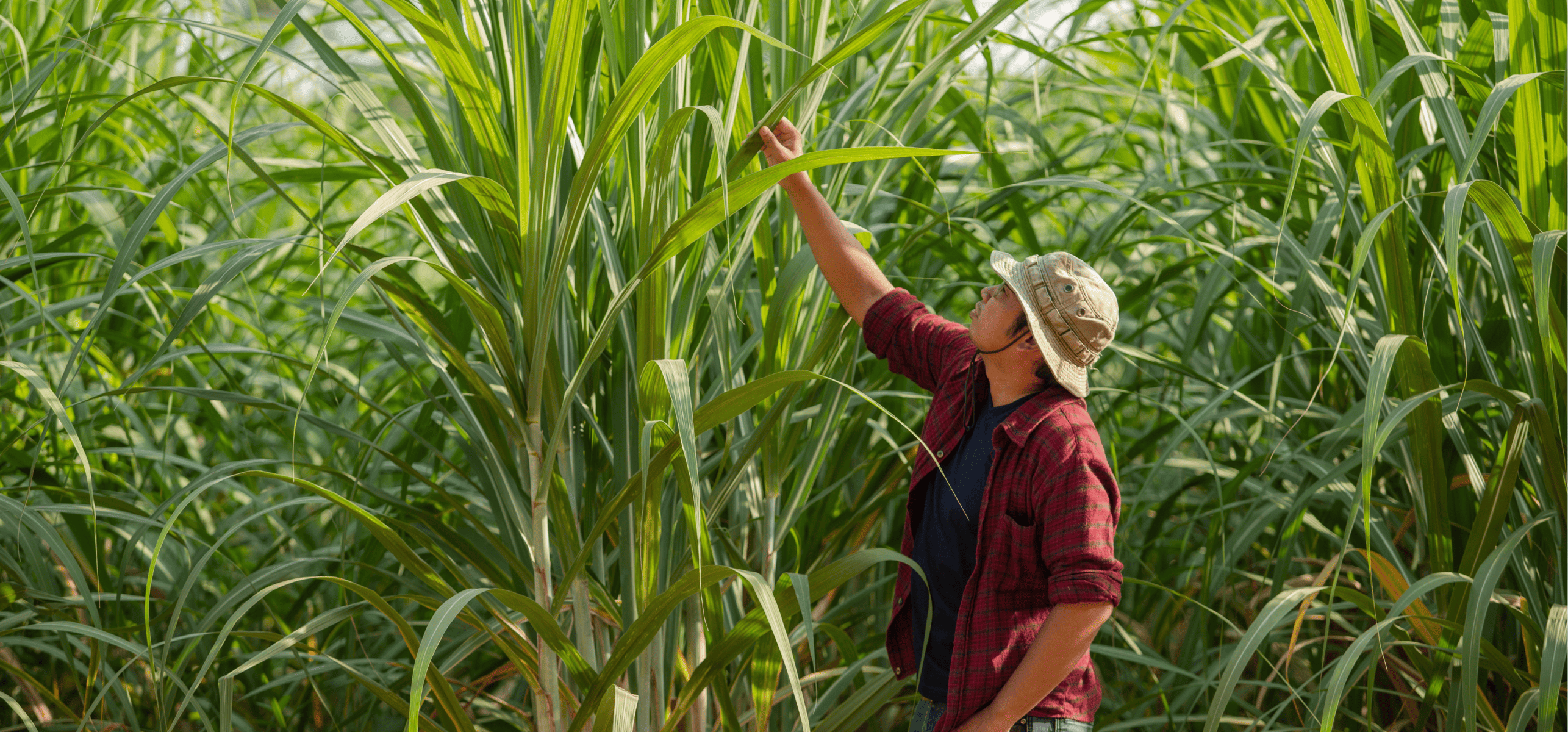The Journey of Sugarcane: From Harvest to Everyday Products
The trip of sugarcane is a multifaceted procedure that starts with precise farming and finishes in a variety of products that penetrate our everyday lives. As we explore the various aspects of sugarcane's journey, its duty in sustainability and the more comprehensive effects for our atmosphere come right into sharper focus.
Farming of Sugarcane
The growing of sugarcane is a vital agricultural procedure that calls for specific ecological problems and management practices. Optimum development occurs in subtropical and exotic areas where temperature levels range between 20 ° C and 32 ° C. Adequate rainfall or watering is vital, as sugarcane thrives in wet soil with well-drained conditions (sugarcane product). Dirt top quality considerably influences yield; hence, farmers usually carry out dirt tests to identify nutrient demands
This method helps with reliable gathering and takes full advantage of sunlight direct exposure. Crop rotation and intercropping are recommended techniques to improve soil fertility and reduce insect infestations.
Fertilizing is an additional essential facet, with phosphorus, potassium, and nitrogen being the main nutrients required for optimal development. Prompt application of these plant foods can dramatically boost sugar returns. Additionally, keeping an eye on for illness and pests throughout the expanding period is important, as these elements can detrimentally influence plant health and efficiency. On the whole, effective sugarcane cultivation rests on a combination of environmental stewardship, strategic planning, and recurring monitoring practices.
Harvesting Methods
Effective sugarcane farming culminates in the gathering stage, which is pivotal for optimizing return and making sure top quality. The timing of the harvest is critical; sugarcane is normally collected when sucrose levels optimal, typically in between 10 to 18 months after growing. This period varies based upon environment, soil type, and sugarcane selection.
Collecting techniques can be generally classified right into guidebook and mechanical methods. Hands-on harvesting is labor-intensive, counting on skilled workers who utilize machetes to cut the stalks short. This approach permits for selective harvesting, where just the ripest canes are chosen, thus enhancing overall sugar content.
Conversely, mechanical harvesting has actually gotten appeal due to its performance and cost-effectiveness. Specialized harvesters furnished with reducing knives and conveyor systems can refine big locations rapidly, dramatically lowering labor costs. However, this technique might lead to the inclusion of premature walking sticks and a potential decrease in sugar top quality.

No matter the method used, making certain that gathered canes are transferred quickly to refining centers is crucial. Motivate dealing with decreases spoilage and preserves the honesty of the sugarcane, setting the phase for optimum handling.
Handling Techniques
Handling sugarcane includes several important actions that change the harvested stalks into useful items, largely sugar and molasses. The first stage is washing the walking stick to remove soil and debris, complied with by the extraction of juice through squashing or milling. This process commonly utilizes hefty rollers that damage the walking cane fibers to release the sweet liquid had within.
Once the juice is extracted, it undertakes explanation, where impurities such as dirt fragments and bagasse are removed. This is commonly official website accomplished by including lime and heating up the juice, permitting sedimentation. The cleared up juice is then focused through dissipation, where water web content is reduced, leading to a thick syrup.

Ultimately, the processing of sugarcane not just produces sugar and molasses but likewise lays the groundwork for various by-products, which will be checked out in succeeding conversations.
Products Derived From Sugarcane
Sugarcane is a versatile crop that produces a vast range of products past simply sugar and molasses. Amongst the main byproducts are ethanol and biofuels, which have gained prestige as renewable power resources. Ethanol, produced with the fermentation of sugarcane juice, acts as a different to fossil fuels and is usually mixed with gas to produce cleaner-burning gas, decreasing greenhouse gas exhausts.
In addition, sugarcane is a considerable resource of bagasse, the coarse deposit remaining after juice extraction. Bagasse is used in different applications, including the manufacturing of paper, eco-friendly packaging, and as a biomass fuel for power generation. Its usage not just lowers waste however additionally boosts the sustainability of sugarcane handling.
Furthermore, sugarcane-derived products include the food market, where it functions as a natural flavor representative and sweetener in different culinary applications. In the world of cosmetics, sugarcane extracts are integrated into skincare products due to their all-natural exfoliating properties.
Environmental Impact and Sustainability
The cultivation and handling of sugarcane have considerable implications for environmental sustainability. This crop needs considerable water resources, often resulting in exhaustion of local water supplies and affecting bordering ecosystems. Furthermore, making use of plant foods and pesticides in sugarcane farming can lead to soil destruction and river air pollution, posing threats to biodiversity.

Lasting sugarcane farming additionally advertises soil wellness via crop rotation and decreased tillage, boosting carbon sequestration. The fostering of these methods not just go to website sustains environmental integrity but additionally enhances the durability of farming neighborhoods against climate change.
Conclusion
In summary, the trip of sugarcane encompasses numerous phases from farming to handling, eventually leading to a broad array of items. The value of sugarcane prolongs beyond plain sweeteners, contributing to renewable resource via ethanol production, lasting packaging through bagasse, and natural essences for cosmetics. This diverse plant plays a vital role in both nutritional enrichment and environmental sustainability, highlighting its value in modern agricultural and industrial techniques.
Successful sugarcane growing finishes in the gathering stage, which is critical for optimizing return and ensuring quality. navigate to this site The timing of the harvest is important; sugarcane is usually gathered when sucrose levels height, normally in between 10 to 18 months after growing.Handling sugarcane involves numerous important steps that change the gathered stalks into functional products, primarily sugar and molasses.Sugarcane is a versatile plant that generates a broad variety of products past just sugar and molasses. Additionally, the use of fertilizers and pesticides in sugarcane farming can result in soil degradation and waterway contamination, positioning risks to biodiversity.